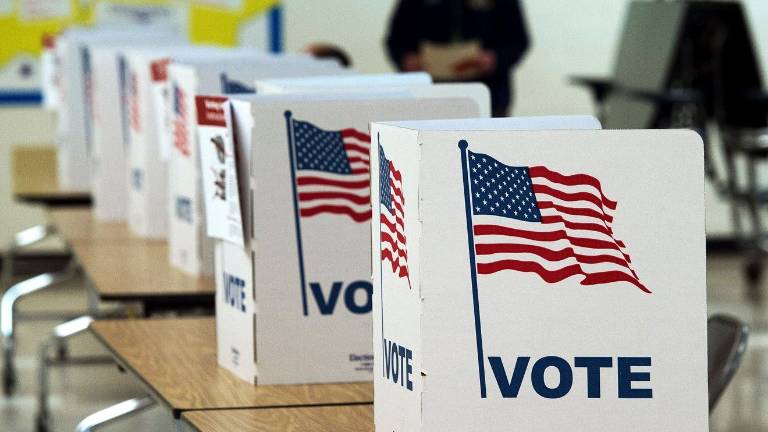New York is making it easier to vote

Among several reform measures to generate citizen participation in elections is Gov. Andrew Cuomo's commitment of nearly $7 million in state funding to institute early voting across the Empire State.
As we remember, this was one of three proposals that the governor had outlined in his state of the state address that also included expanding automatic voter registration through the various state agencies and allowing same-day voter registration. The 30-day budget amendment that the governor has recently unveiled will provide funding for the new system to the 62 counties across New York.
Cuomo explained earlier that the proposals are designed to increase access for New Yorkers who often fail to show up on Election Day. In 2014, only 29 percent of the eligible population in this state voted, ranking New York as the 41 in the nation for turnout. That's a shameful statistic.
The governor does raise a valid point when he says, “At this time of citizen alienation, the best thing we can do is let people know that their voice is heard, that they matter and that they can and should vote." And, he says, we should make voting easier, not harder, with same-day registration, no-fault absentee ballots and early voting.
None of the proposals have yet to be taken up by the Legislature. And they're expected at this point to sail through the process with few obstacles since Democrats have the majority.
State Attorney General Eric Schneiderman said that New York's registration system was outdated and prevented many young people from exercising their right to vote.
For the record, New York is one of 13 states that does not offer early voting. Under the Cuomo plan, each county would be required to open one polling site for every 50,000 residents for 12 days before an election. Each of those polling sites would be open eight hours on weekdays and five hours on the weekends. An estimated 65 percent of registered voters support the plan, according to the latest Siena College poll.
We agree with Jennifer Wilson, the dynamic program and policy director of the League of Women Voters in New York state. As she observes, the legislation will not become effective until the 2019 elections, but the $7 million provides crucial assistance to county boards of election as they begin to plan for future elections and upgrade their technology.
The Niagara Gazette